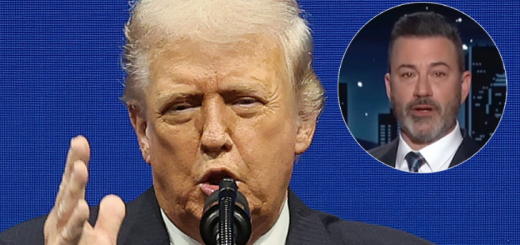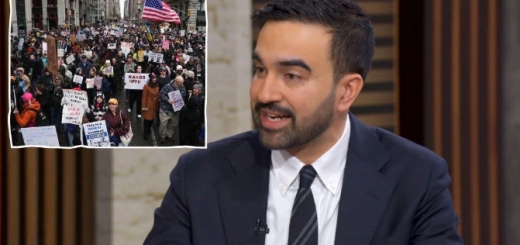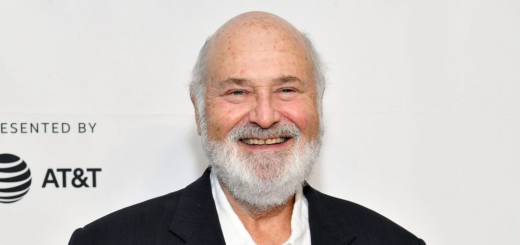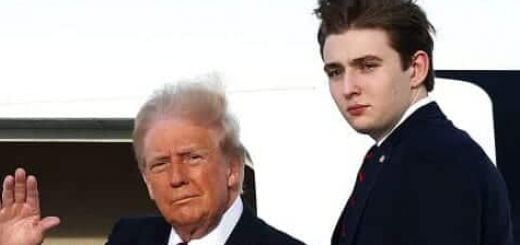Trump Promises $2,000 for Every American – But Can the “Tariff Dividend” Actually Happen?
For days, social media buzzed with talk of a major economic announcement, and now it’s official.
On Sunday morning, former President Donald Trump revealed on Truth Social that he wants every American to receive a $2,000 “tariff dividend.” According to his post, this money would come from tariffs placed on countries around the world.
The announcement immediately sparked national debate. Supporters praised the idea as bold and creative, while critics warned that the plan faces serious legal, financial, and political obstacles.
Why the Timing Matters
The proposal comes just as the U.S. Supreme Court is reviewing whether a president can legally use emergency powers to impose broad tariffs on nearly all foreign imports. A ruling is expected by next June — and if the Court disagrees with Trump’s approach, billions in tariffs could be refunded.
Despite the legal uncertainty, Trump insisted the dividend would benefit “all Americans, not the wealthy,” and claimed tariffs are generating massive revenue.
What Officials Are Saying
Treasury Secretary Scott Bessent later offered clarification on ABC’s This Week, suggesting the $2,000 payout might come as a tax reduction rather than direct cash.
Trump has repeatedly argued that tariffs are boosting the economy, saying they have:
Brought in “trillions” in revenue
Helped push 401(k) retirement plans to record levels
Done so with “NO inflation,” despite warnings from economists
He also labeled critics of the plan as “fools.”
Do the Numbers Add Up?
Between April and October, U.S. import duties produced about $151 billion, with estimates that annual totals could reach $500 billion or more.
By comparison, the pandemic-era $2,000 stimulus payments cost around $464 billion, meaning any similar large-scale payout would require massive funding.
Some lawmakers expressed skepticism.
Ohio Senator Bernie Moreno remarked:
“It’ll never pass. We’ve got $37 trillion in debt.”
Others argue that even if tariffs bring in more revenue, there are strict limits on how that money can be distributed.
A Proposal With Big Political Ripples
Trump’s announcement follows a challenging political week for Republicans, after Democrats won key races driven by concerns over inflation and rising expenses.
Adding to the complexity, some tariffs — especially those on steel, aluminum, and automobiles, are currently still intact and have also been used as leverage in diplomatic negotiations. That means any economic proposal tied to them comes with global implications.
What It Means for Americans
Whether a $2,000 “tariff dividend” ever becomes reality is uncertain.
The idea sits at the intersection of:
Legal limits
Economic feasibility
Political strategy
Public frustration over rising costs
For everyday Americans, the episode is a reminder that eye-catching headlines often simplify issues that involve far more nuance behind the scenes.
What’s clear is that the proposal has already sparked a national conversation, one that blends politics, finance, and public trust in ways few topics do.




























